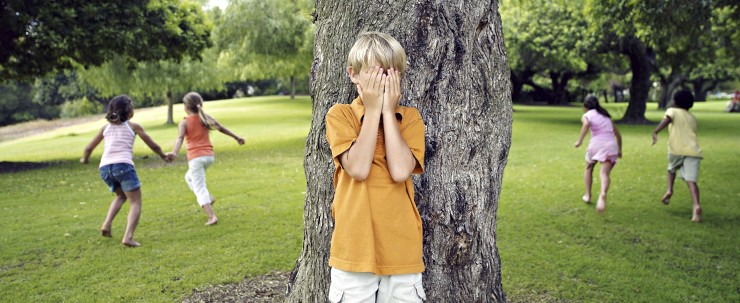Hide & Seek
Hide and Seek, also known as Hide and Go Seek, is a popular children’s game that involves concealing oneself so as not to be found by the seeker. It is played all over the world, and goes by a variety of names in other languages, such as el escondite in Spain, tuja in Bolivia, and jeu de cache-cache in France. Historical research has indicated that Hide and Seek was played in the second century in Greece. Read on to find out how to play this children’s favorite inside or outside with your kids.
Choosing the Seeker
The seeker may be chosen using a counting-out game. Alternatively, you can use other characteristics to choose the seeker, such as the oldest player, the player with the first birthday in the year, or the player with the most letters in his or her name. Children may also volunteer. Once the seeker is chosen, he or she must be “it” for one round. Usually, the first person to be found during the second round must be the seeker in the next round. In other versions, the last player found is both the winner and the seeker in the following round. The method used to choose the seeker should be the same over each round after the first so as to prevent unfairness.
 Gameplay
Gameplay
The seeker designated at the beginning of the game and made to close his or her eyes while the other players choose hiding places. After counting to a pre-specified number, usually around 100 or higher in order to allow ample time, the seeker is free to go and search for the other players. The boundaries where players can hide should be specified beforehand, especially if the game is being played outside, as otherwise children can end up wandering quite far. If you’re playing indoors, which is just as much fun, you can use floors or rooms as boundaries for play.
 Variations
Variations
There are a variety of different versions of Hide and Seek that go by a number of different names around the world. One such version is known as “Sardines.” In Sardines, only one person hides and the rest of the players try to find the hider, hiding in the same spot when they do. The hiding place becomes progressively crowded, much like sardines in a tin box. The last person to find the rest of the players loses. In other versions of Hide and Seek, the seeker is only required to find one person before a new round starts. Or, in an alternative version, players who are caught join the seeker in searching for the remaining players. Some versions include elements of Tag, another widely-known children’s game. In these versions, the seeker may stand in the center of a circle or designated area and tall the other kids to hide. When the seeker steps out of the circle, he or she finds and chases the other children, who are only safe if they can run into the circle.

